Key Takeaways
- Costumes in My Hero Academia are tailored to heroes’ quirks, amplified powers, and symbolize values.
- Hero costumes serve as identity markers, building trust with the public and differentiating heroes from villains.
- Costumes evolve with characters, reflecting growth, struggles, and change, leaving behind a legacy of values.
In My Hero Academia, hero costumes are actually what define each and every hero’s identity. While superficially, these costumes appear to be merely functional for wear by the heroes, they are deeply intertwined with the personality, journey, and purpose of every character. Costumes bear significant symbolism, reflecting the inner values of the hero and their perception of society. It is through these powerful outfits that the heroes, along with the audience, come to witness the complex interplay between the external and internal.
Costumes in My Hero Academia are much more than personalized uniforms of the characters that wear them; it is a realization of hopes and fears and ideals in evolution. Such an elaborately designed outfit will enable heroes to enhance their abilities, handle weaknesses, and even protect themselves in battle. Costumes are key visual marks of identity and purpose regarding how heroes relate to the public and to villains.
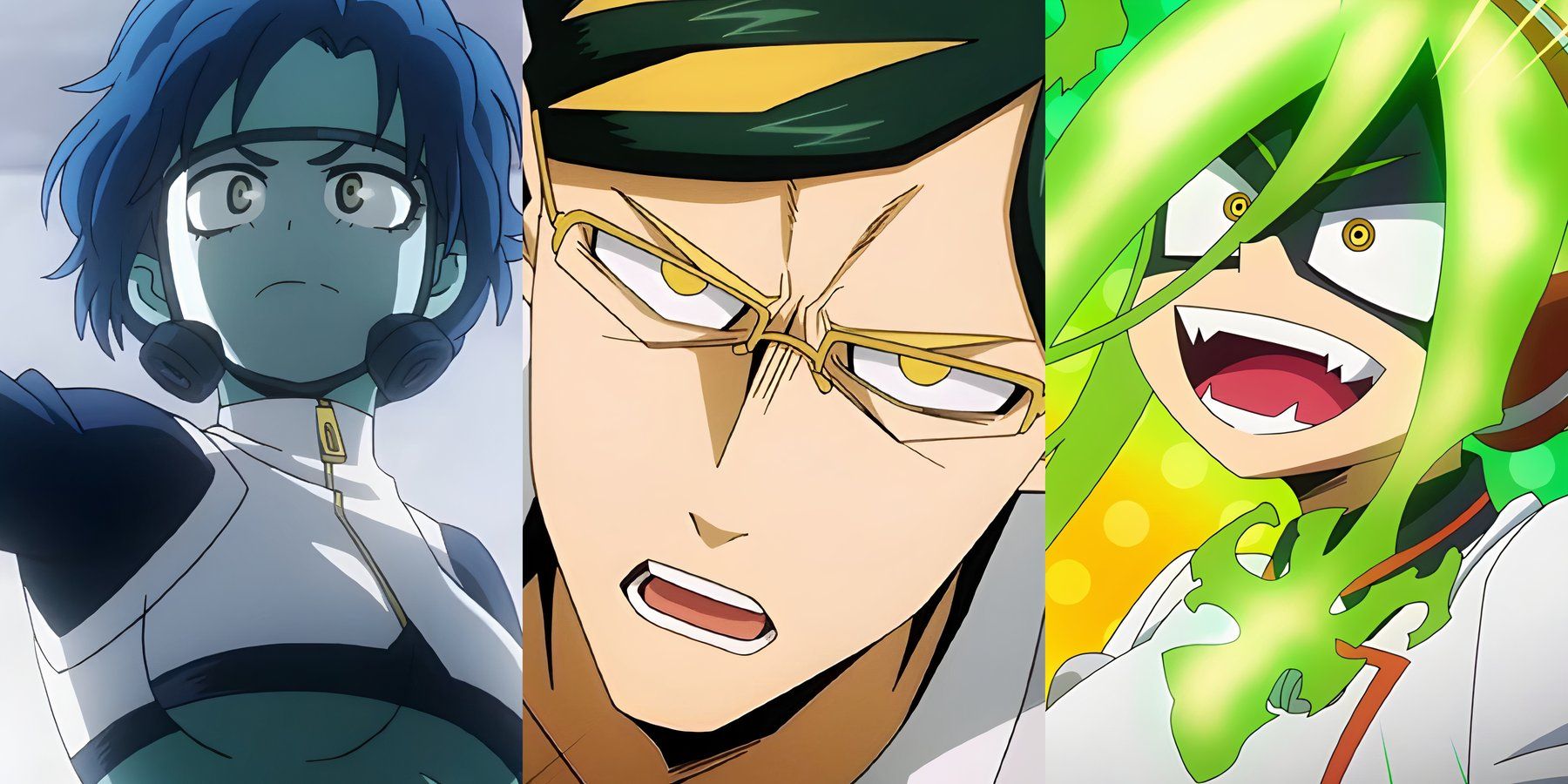
My Hero Academia: The Role of Sidekicks in Shaping Hero Society
Sidekicks in MHA support pro heroes, bridging the gap between society and hero agencies by maintaining peace behind the scenes.
The Function and Significance of Hero Costumes
Symbolic Weight Of Costumes
My Hero Academia costumes are designed for purposes much more important than aesthetics. Every costume is specifically tailored to the particular hero’s Quirk, amplifying their powers and canceling out the shortcomings while protecting the user during battle. Be it attire meant for battling in temperatures either extremely high or low, or on stealth missions, these outfits give heroes the capability to do whatever is required. Specifically tailored by special support companies, every costume uniquely meets every requirement of the hero.
Hero costumes are powerful symbols of identity and commitment in that every costume is a reflection of values and character. This further translates into society, as costumes become some sort of brand name of the hero, and people will instantly know who it is once they see it. In that respect, costumes have become a tool for the public to identify heroes without them even seeing their faces, building an attachment of sorts: trust and familiarity that reassure civilians even in dangerous situations.
Costumes Defining Their Identity
Defining a Hero’s Persona
The costume sometimes becomes synonymous with the heroes wearing them. All Might’s bold, iconic costume is hope, and one far into the character development of his pupil, Deku, takes a somewhat darker turn to achieve a balance in his vigilante outfit. Costumes add depth to each character through reflection: inner struggles, ambitions, and growth. Such was the case when he devised the vigilante look, which confused people about what his real aims were and showed just how changing costumes can affect public perception.
Costumes of heroes are never static; they evolve with the development of the characters. Every time Bakugo develops his costume, it comes with growth in the character inside, and changes to costumes become a way for viewers to tell if the character has moved on with their development. This step in development now connects costume changes to emotional and psychological change, furthering the idea that hero costumes are more about answering physical needs but changes from within.
How The Public Perceives Costumes
Costumes as Public Symbols
Hero costumes also symbolize an element of dependability and security for the general public, who can quickly identify their rescuers from the rest of humanity. In fact, in most instances, it only requires a glance for any member of the public to identify a hero by their costume. Inbuilt shortcuts like these help maintain the confidence of the masses and further reinforce the feeling that a hero was indeed there for one’s benefit. Of course, villains don costumes too, but they barely command the same respect, drawing a line as far as villains are concerned in the public’s psyche.
Costumes are the social markers that differentiate heroes from villains. Villains also wear costumes like those of the heroes but oppose the structure of hero society; an example is the influence of Stain on villains. While villains use their costumes to hide their identity, heroes wear theirs to inspire. The contrasting ideas build societies’ perceptions of villain costumes being feared and hero costumes hope and security.
Leaving Behind A Legacy Even When Gone
Continuing Legacy Through Costumes
Some hero costumes may have aspects of tradition or symbolism of historical heroes, thereby binding them to historical people and ideals. All Might’s iconic appearance represents hope, a torch to be passed on to Deku in an attempt to create some sort of lineage in heritage. These costumes are values of the past and visions towards the future, culminating in the generations of heroes together and providing continuity in hero society.
In the world of My Hero Academia, costumes are representatives of each hero’s journey and the values that they stand for. Through these representations in costume, heroes can say volumes about their commitment to justice, many times without uttering a word. It is through this mute language that this aspect comes at the heart of the anime. Hero costumes are integral to character development and identity for both themselves and society. Hero costumes in My Hero Academia are far from being just plain clothes; they are emblems of character, legacies, and the confidence of society that tell the story of every hero and build a contribution to the moral landscape of the world.
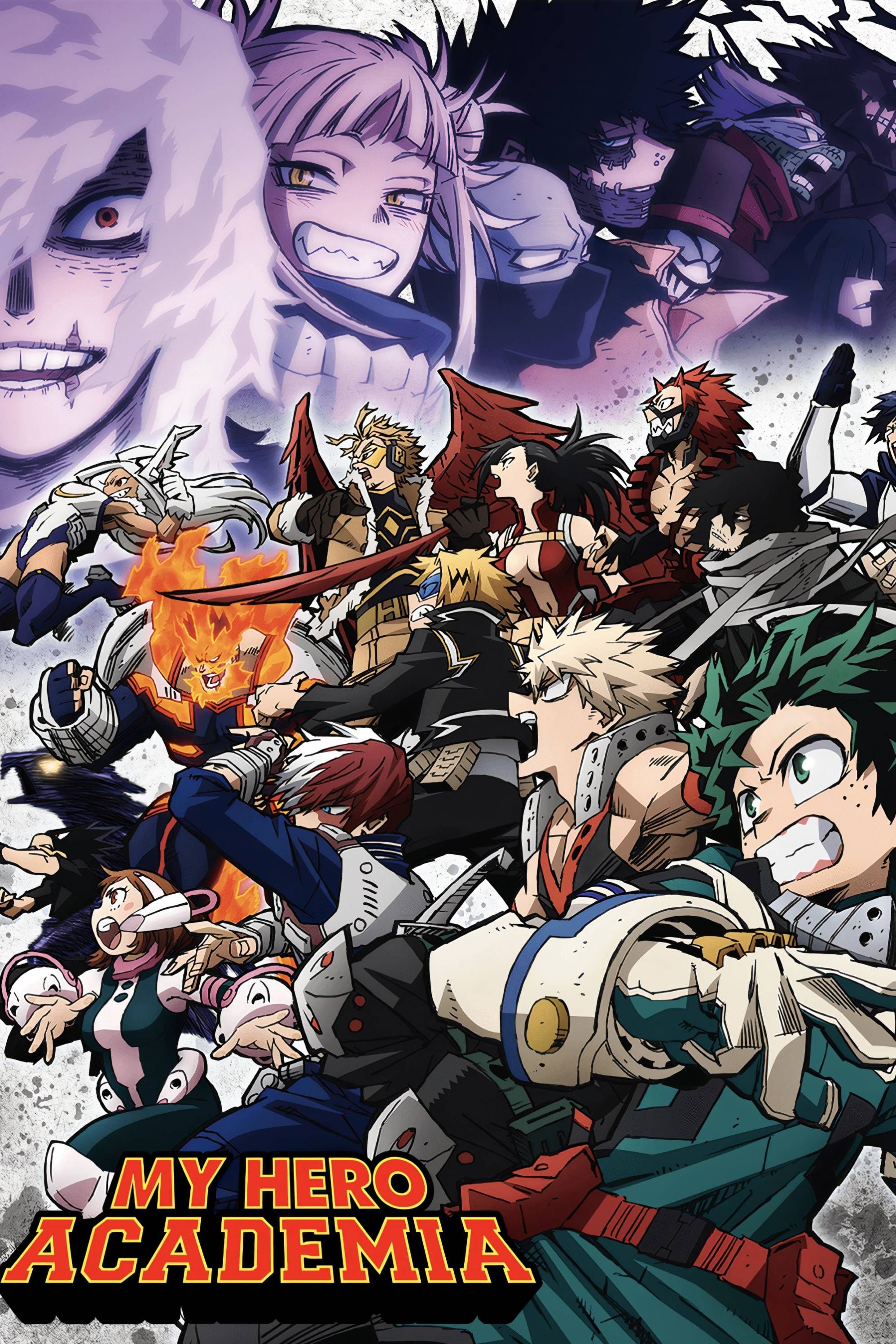
- Release Date
- April 3, 2016
- Studio
- Bones
- Creator
- Kōhei Horikoshi
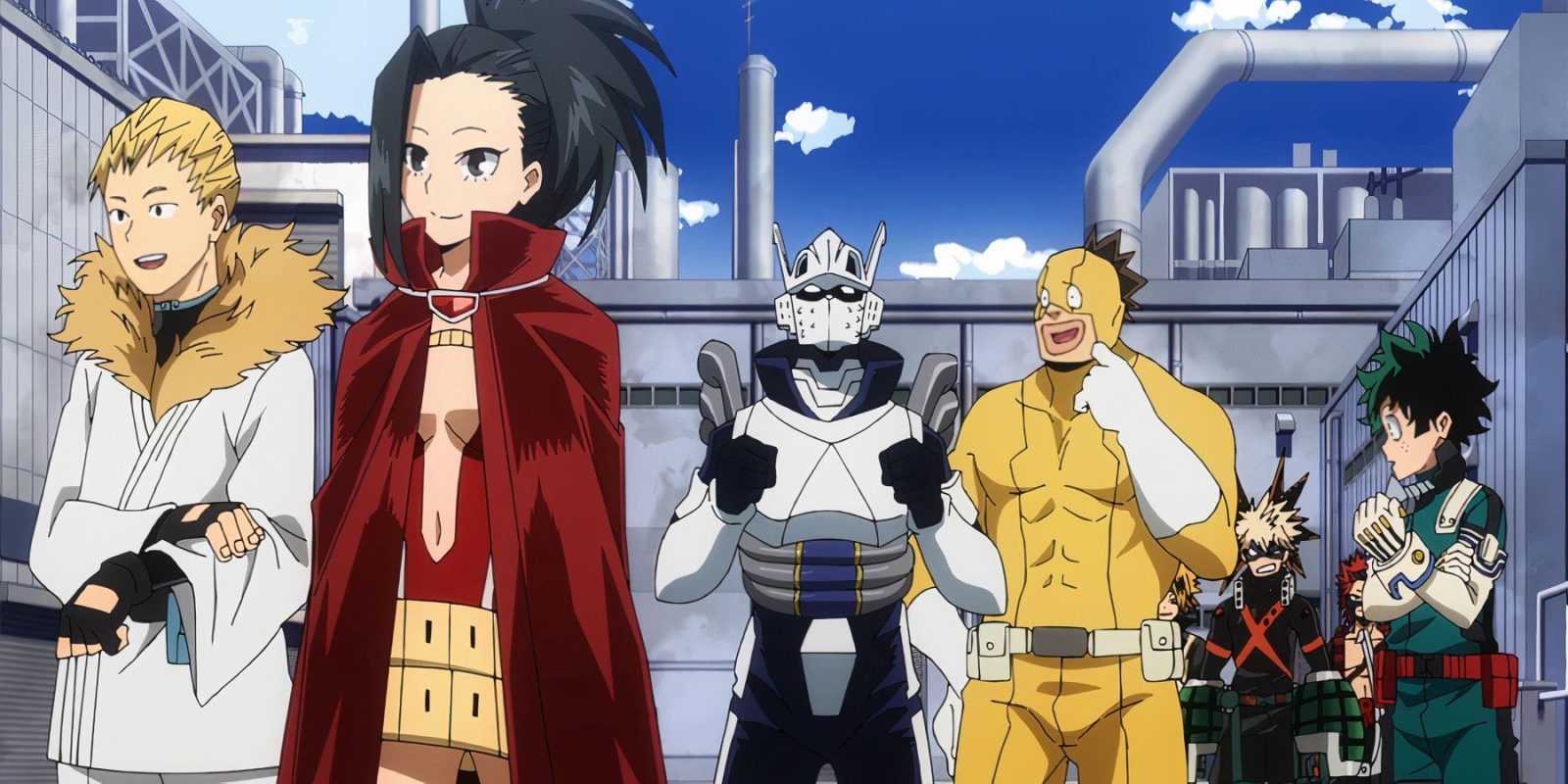

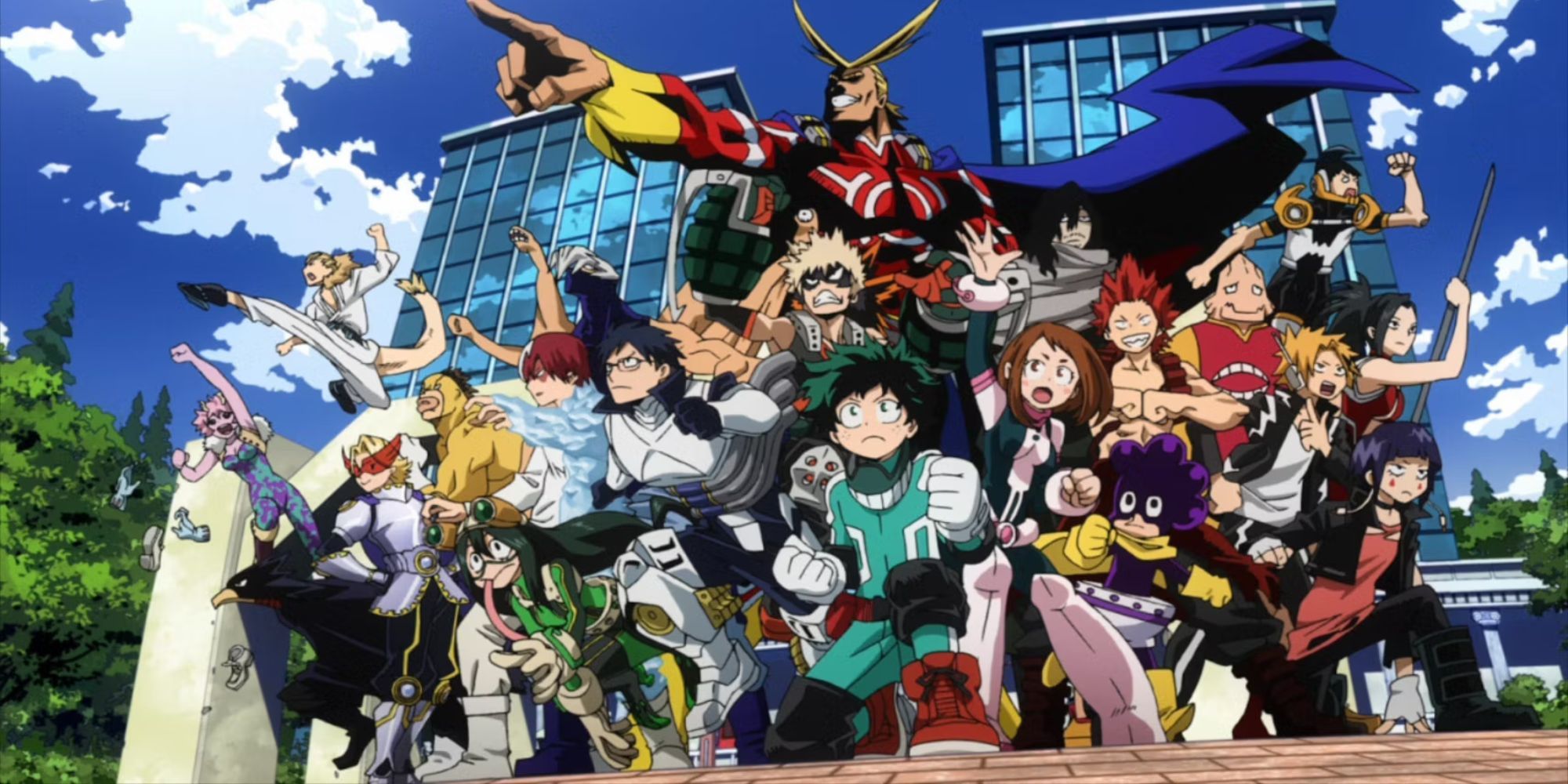
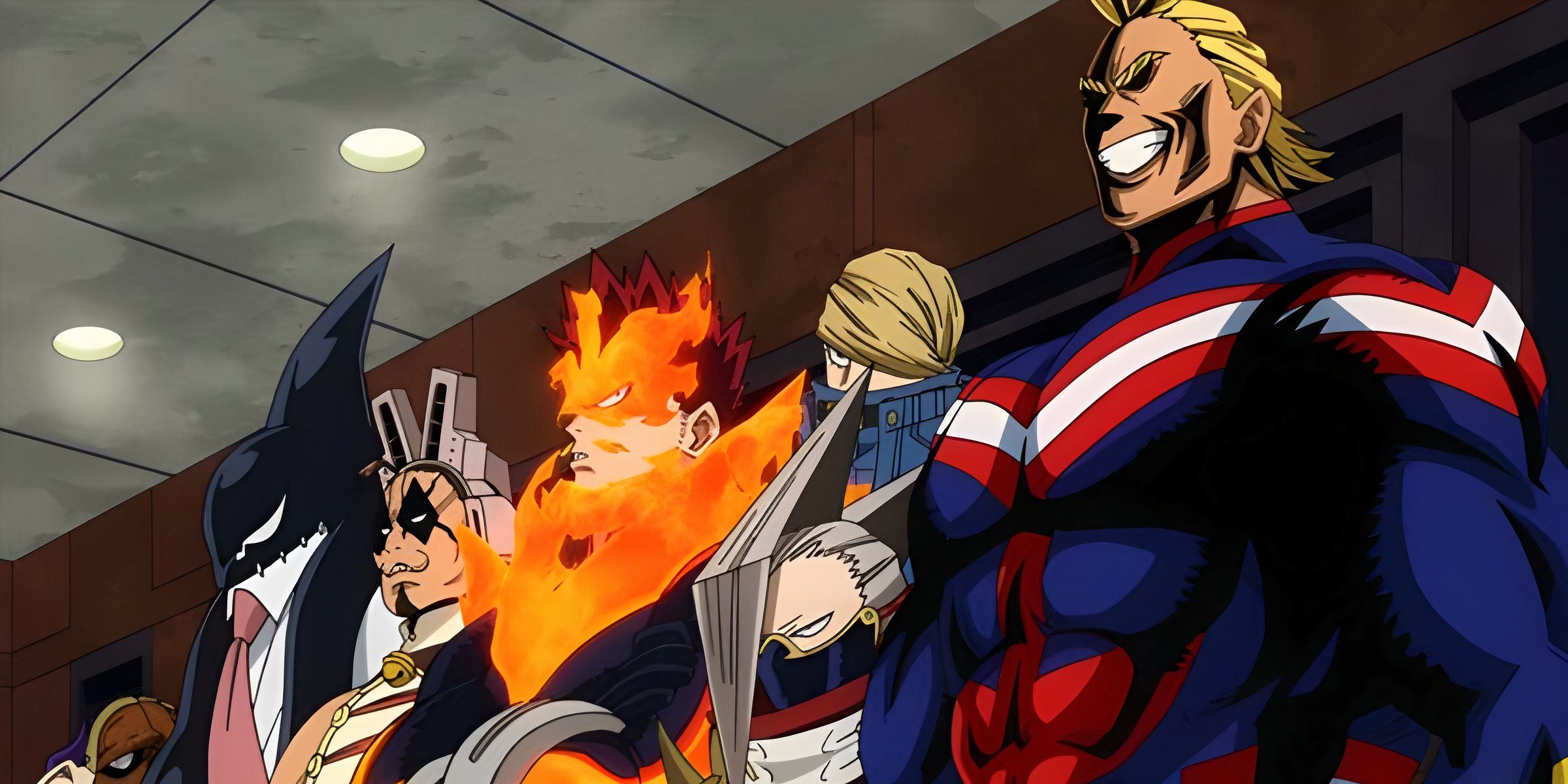
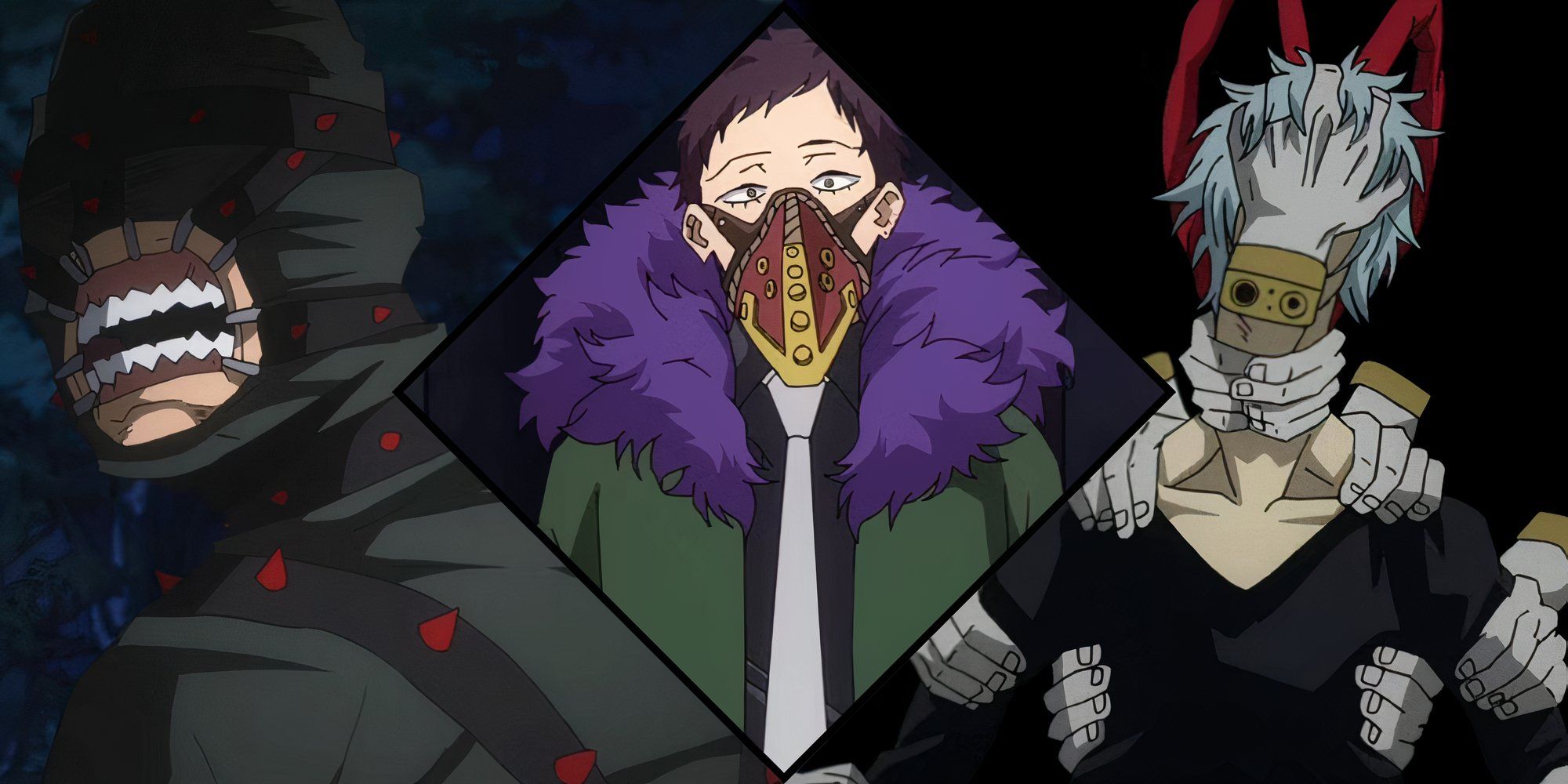
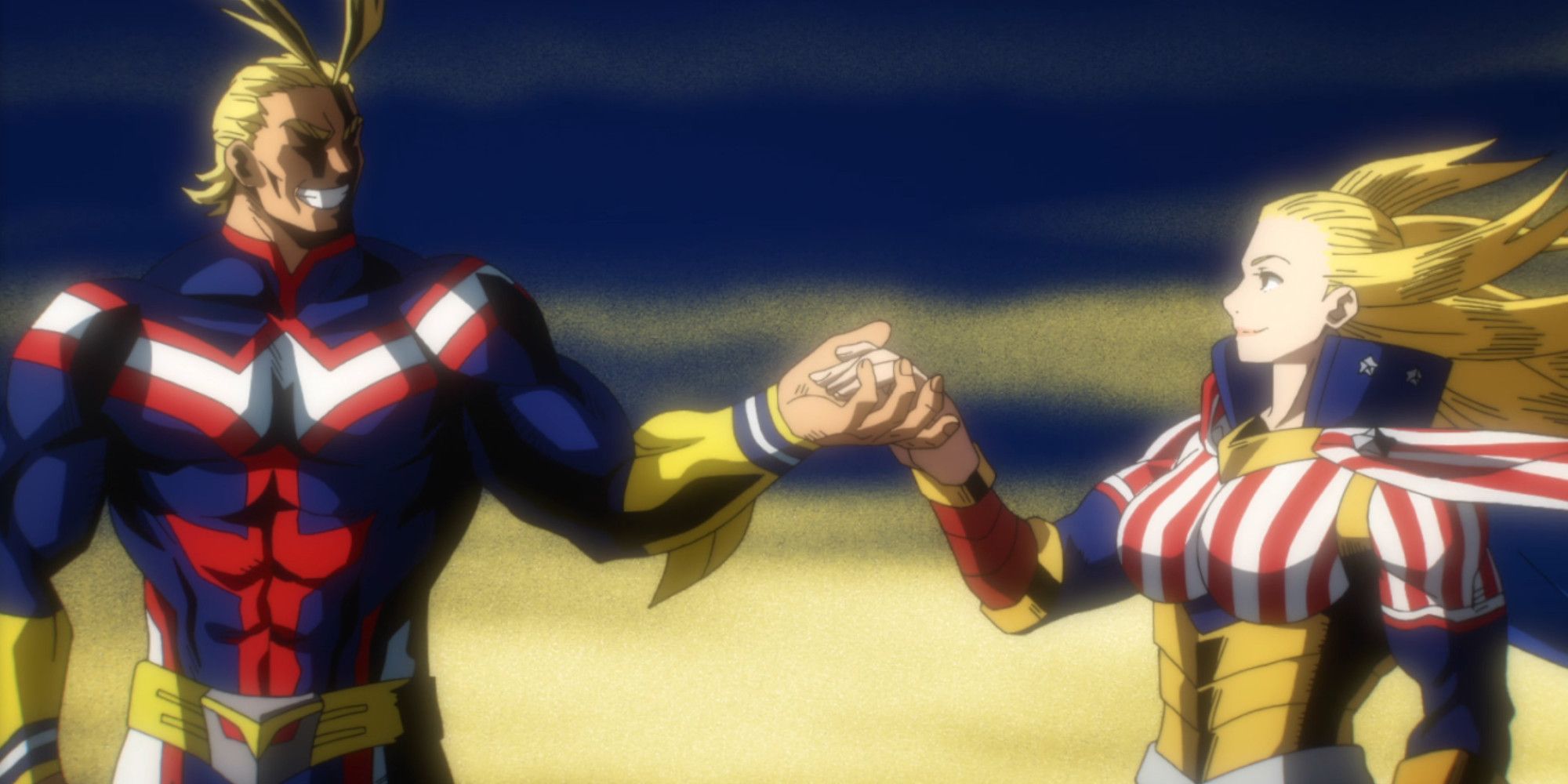

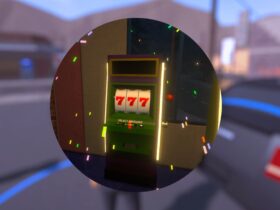
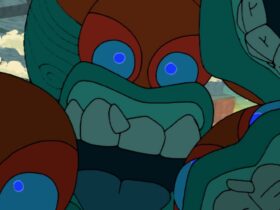
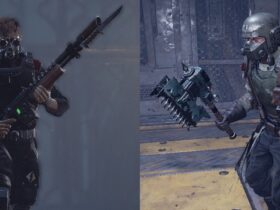




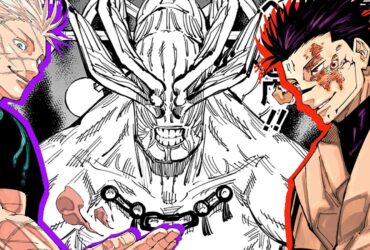
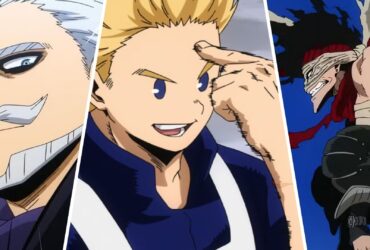
Leave a Reply